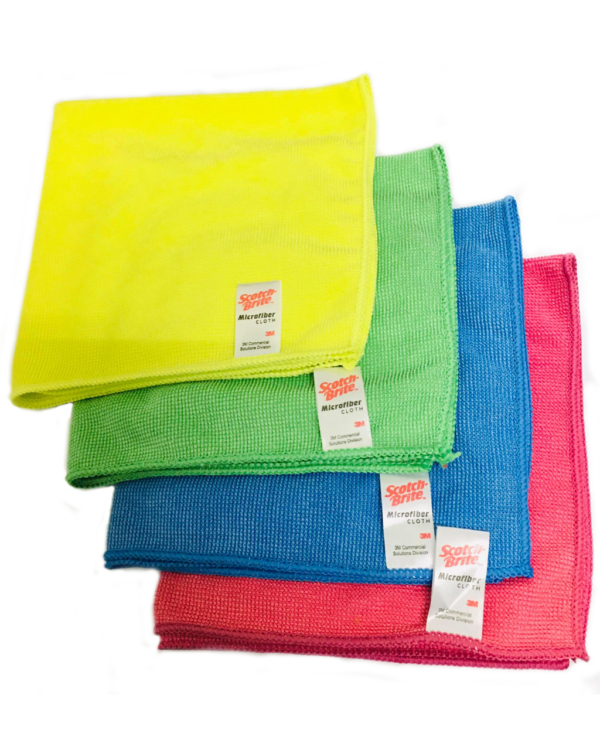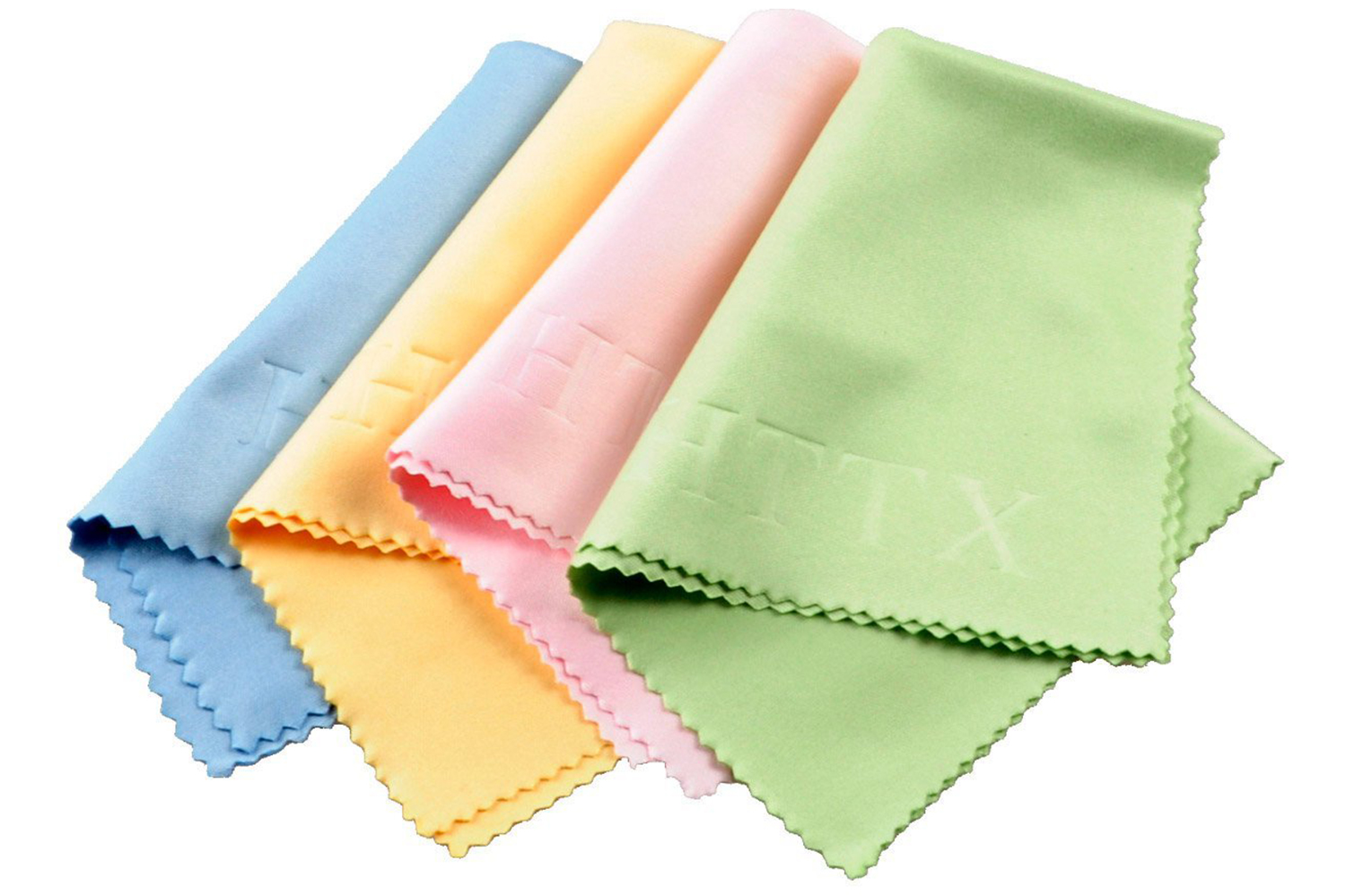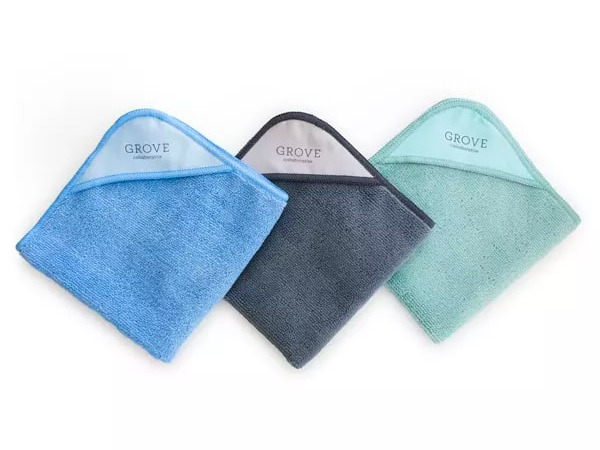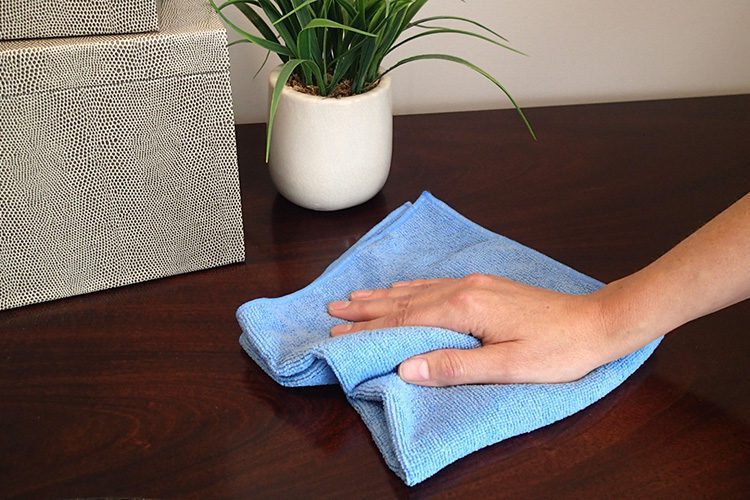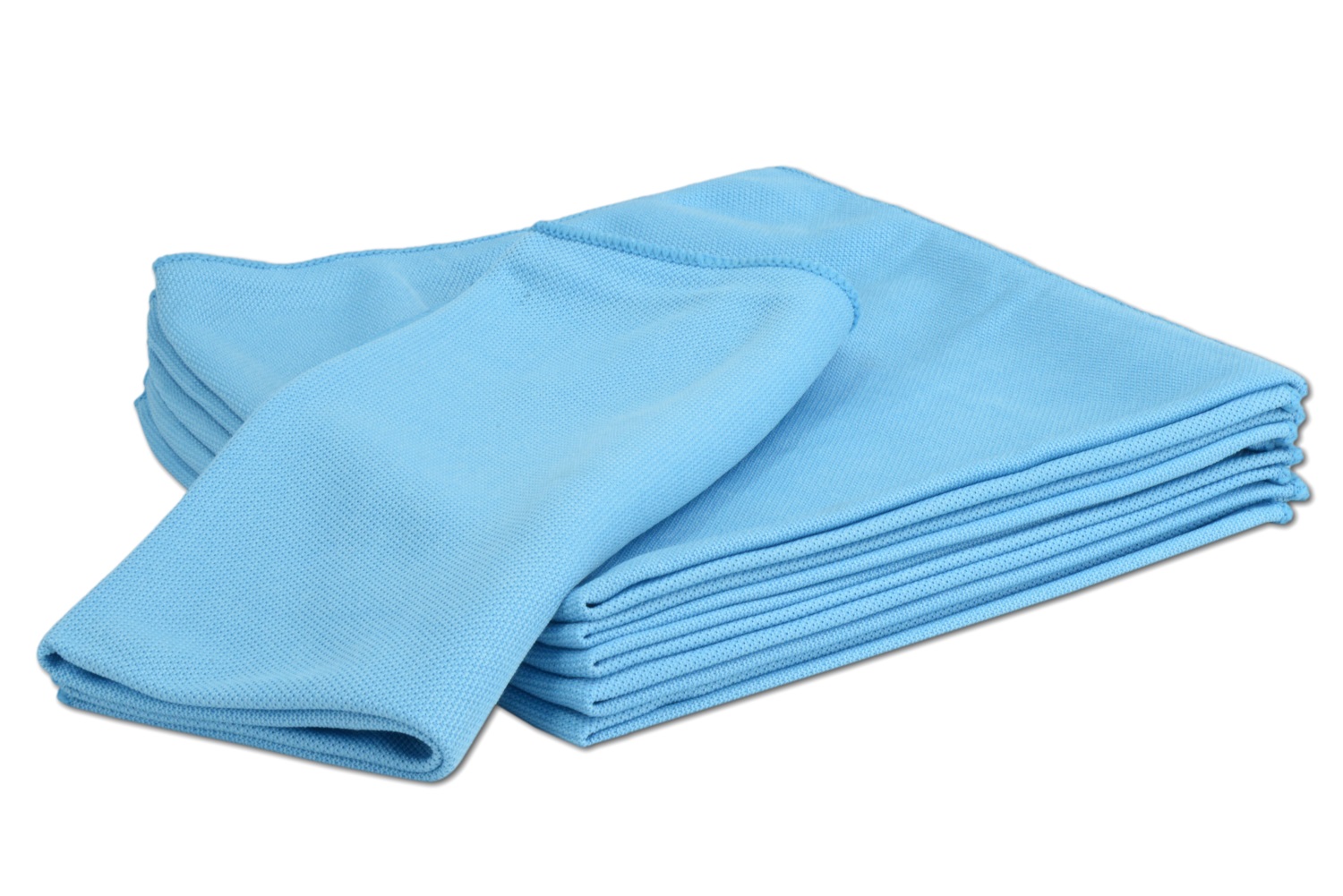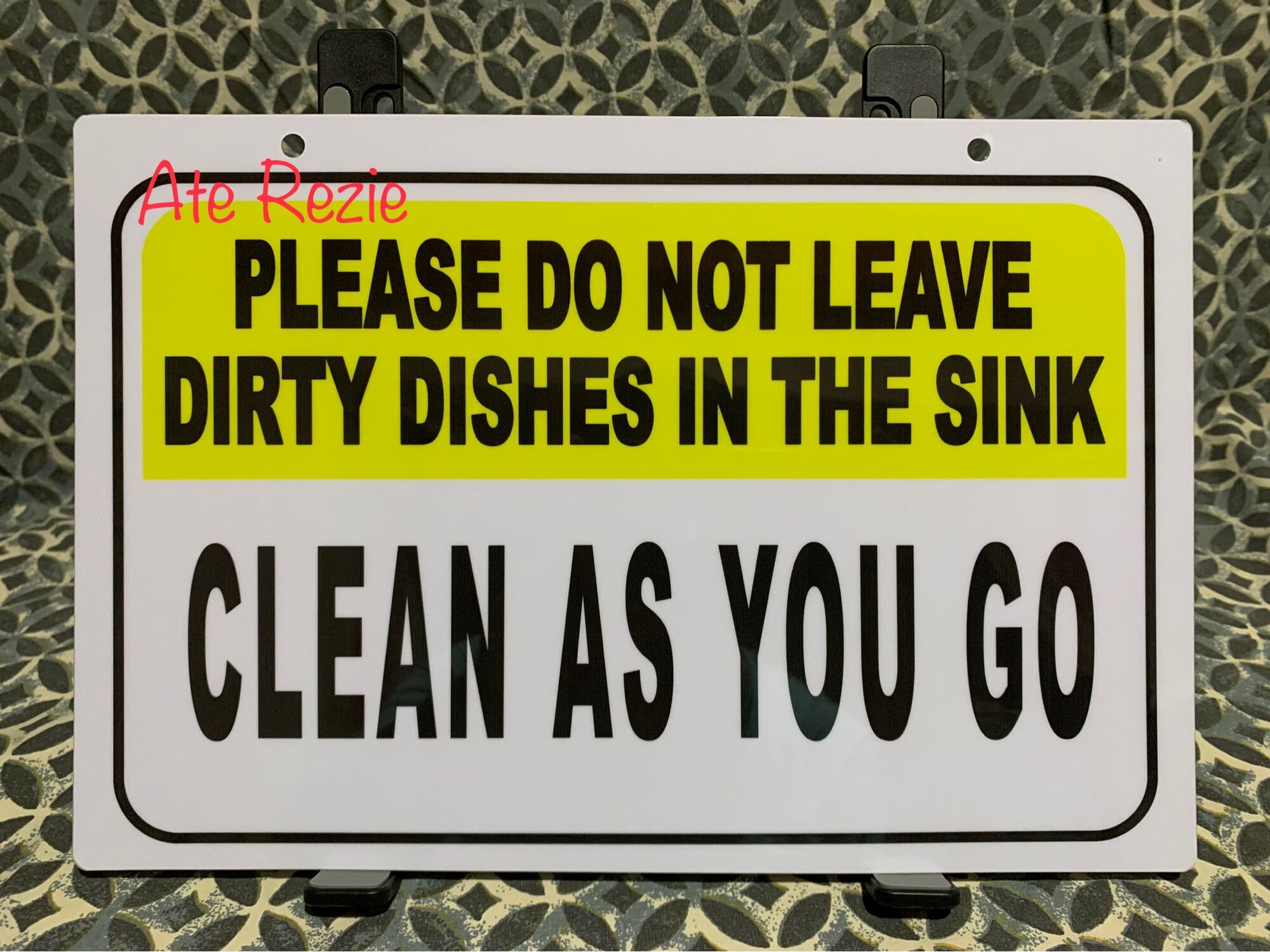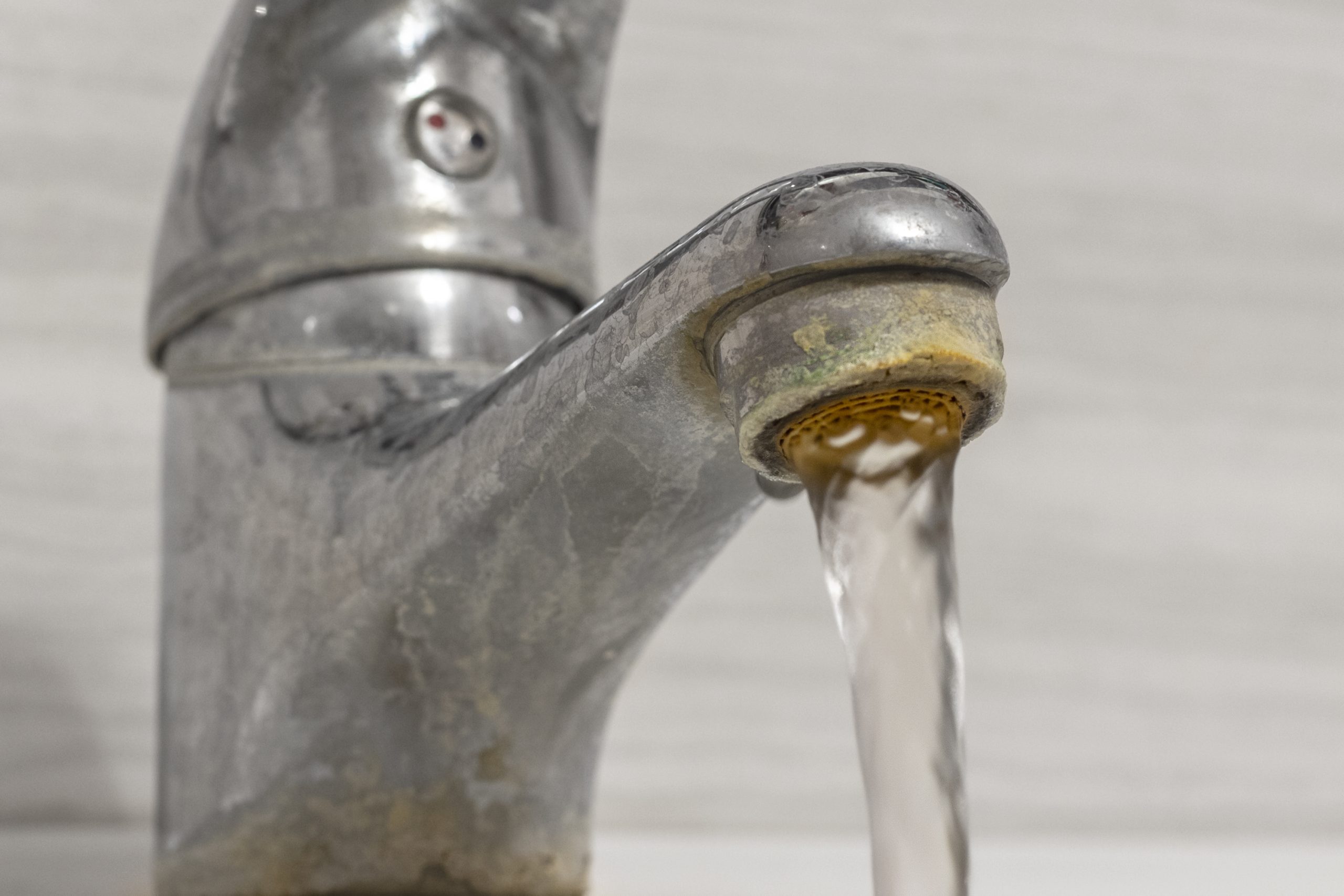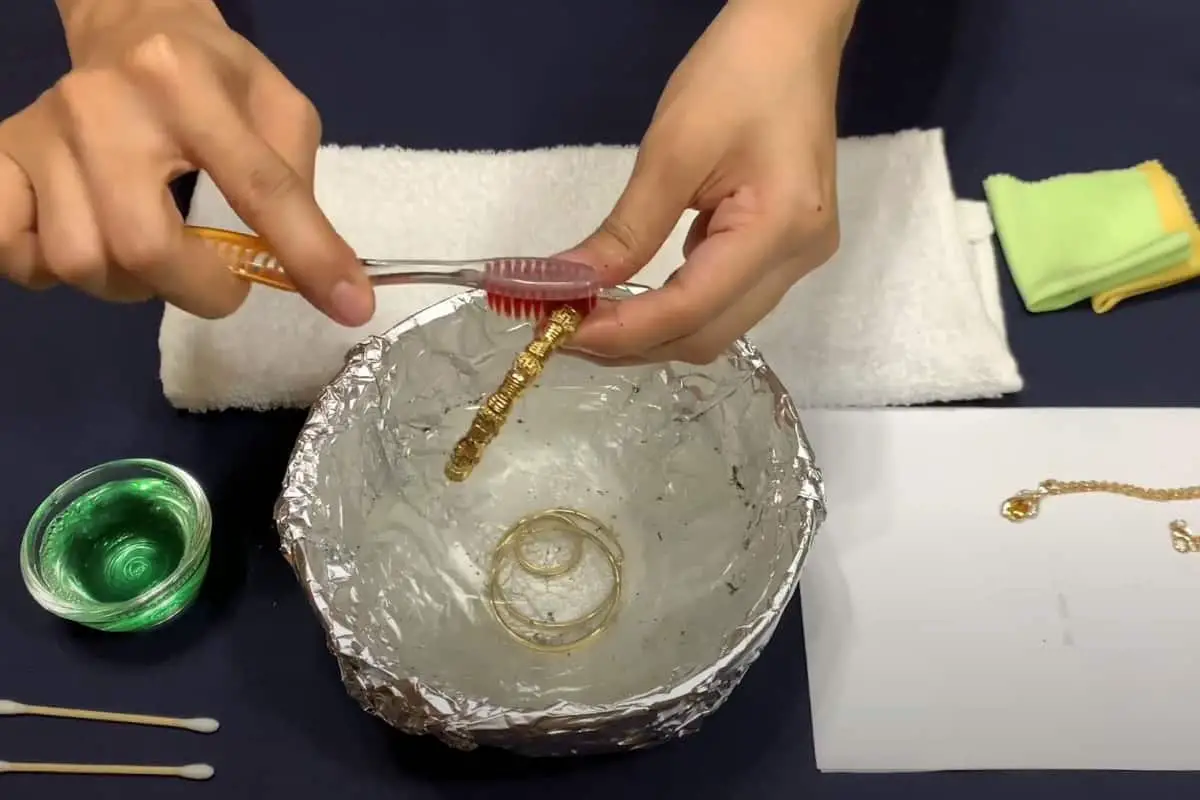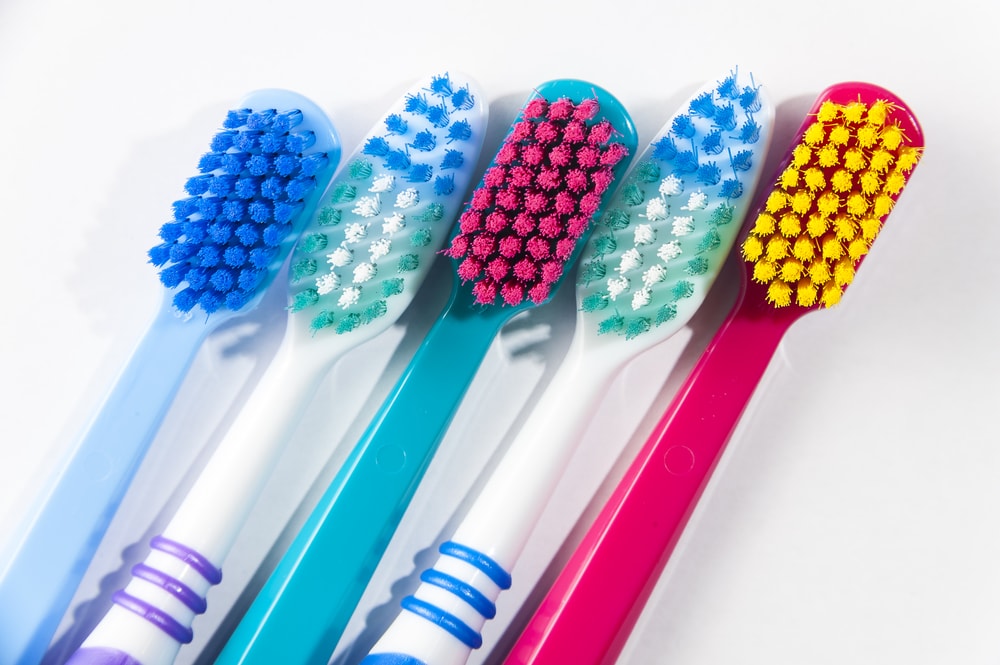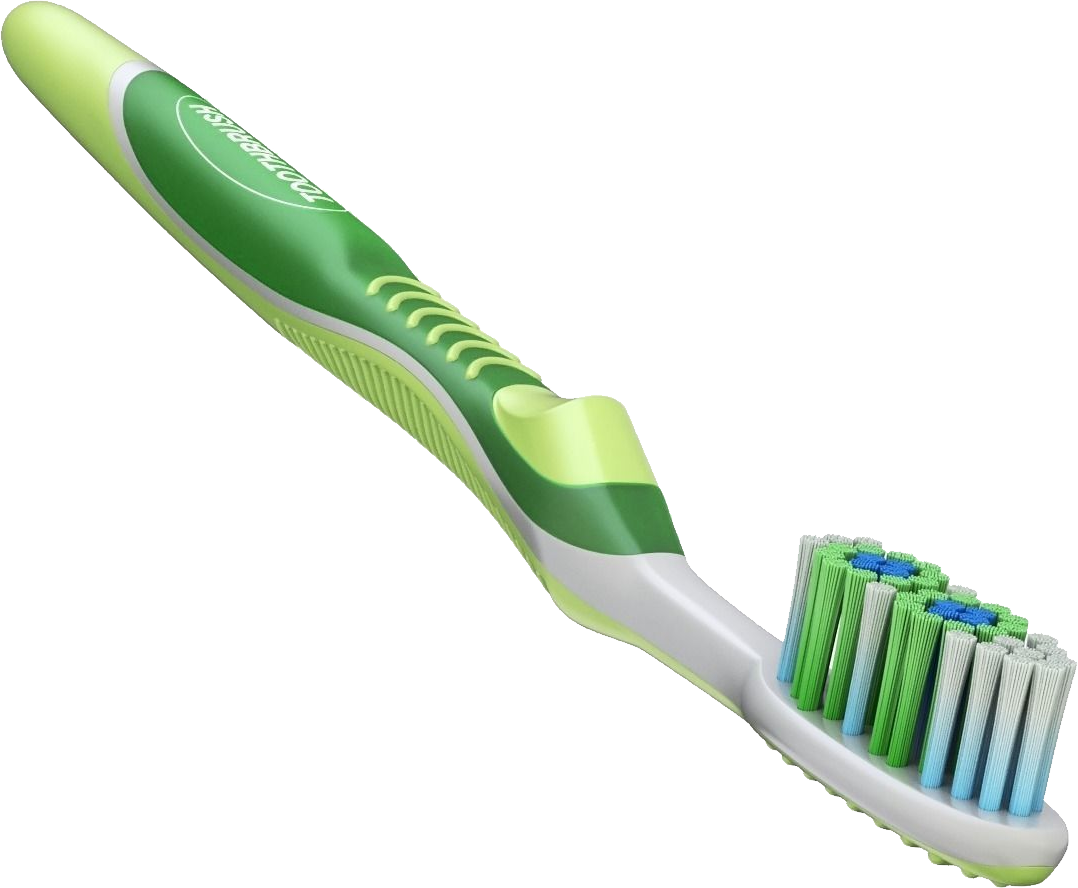If you're looking for an effective and natural way to clean your stainless steel kitchen sink, look no further than your pantry. Mix together equal parts of baking soda and vinegar to create a powerful cleaning paste. The baking soda acts as a gentle abrasive while the vinegar helps to break down any stubborn stains or grime.1. Use a mixture of baking soda and vinegar to scrub the sink
Stainless steel sinks may be durable, but they can still scratch easily if not cleaned properly. When using the baking soda and vinegar mixture or any other cleaning product, be sure to use a soft cloth or sponge to avoid causing any scratches on the surface. You can also use a gentle scrub brush if needed, but be sure to use it with caution and avoid using steel wool or harsh scrubbers.2. Use a soft cloth or sponge to avoid scratching the surface
After scrubbing your sink with the baking soda and vinegar mixture, be sure to thoroughly rinse it with warm water. This will help to remove any remaining residue and leave your sink looking clean and shiny. Then, use a clean towel to dry the sink and prevent any water spots from forming.3. Rinse with warm water and dry with a clean towel
If your stainless steel sink has some tough stains that won't come off with the baking soda and vinegar mixture, it may be time to bring in a commercial stainless steel cleaner. Look for a cleaner specifically made for stainless steel and follow the instructions on the label. Be sure to rinse and dry the sink afterwards to prevent any residue.4. Use a commercial stainless steel cleaner for tougher stains
While it's tempting to use heavy-duty cleaners or steel wool to tackle stubborn stains, these can actually do more harm than good. Abrasive cleaners can scratch the surface of your sink, while steel wool can leave behind tiny metal particles that can cause rust. Stick to gentler cleaning methods to keep your stainless steel sink looking pristine.5. Avoid using abrasive cleaners or steel wool
If you notice any rust spots on your stainless steel sink, don't panic. You can easily remove them with a mixture of lemon juice and salt. Sprinkle salt over the rust spots and then use a lemon wedge to rub it in. Let it sit for a few minutes before scrubbing it off with a soft cloth or sponge. Rinse and dry the sink afterwards for a sparkling finish.6. Use a lemon and salt mixture to remove rust spots
One of the best ways to keep your stainless steel sink looking clean is to wipe it down after each use. This will prevent any water spots from forming and make it easier to clean in the long run. Simply use a clean towel or cloth to wipe down the sink and keep it looking shiny and spotless.7. Wipe the sink dry after each use to prevent water spots
If you want to achieve a shiny finish on your stainless steel sink, use a microfiber cloth to polish it. Simply dampen the cloth with a mixture of water and a few drops of dish soap, and then use it to wipe down the sink. This will help to remove any residue and leave your sink looking sparkling clean.8. Use a microfiber cloth to polish the sink for a shiny finish
Standing water in your sink can lead to mineral deposits forming on the surface, which can be difficult to remove. To avoid this, be sure to quickly rinse and dry your sink after each use. If you do notice any mineral deposits, you can easily remove them with a mixture of equal parts water and white vinegar. Simply spray it on the affected areas and let it sit for a few minutes before wiping it off with a soft cloth.9. Avoid leaving standing water in the sink to prevent mineral deposits
It can be tough to clean every nook and cranny of your stainless steel sink, especially in hard-to-reach areas and corners. For these areas, use an old toothbrush to scrub away any grime or residue. This will help to keep your sink looking clean and prevent any buildup of dirt or food particles. In conclusion, keeping your stainless steel kitchen sink clean doesn't have to be a daunting task. With these top 10 tips, you can effectively clean and maintain your sink's shiny surface without causing any damage. Remember to use gentle cleaning methods, avoid abrasive cleaners, and wipe down your sink after each use to keep it looking pristine for years to come.10. Use a toothbrush to clean hard-to-reach areas and corners
Why Regular Cleaning is Important for Your Stainless Steel Kitchen Sink
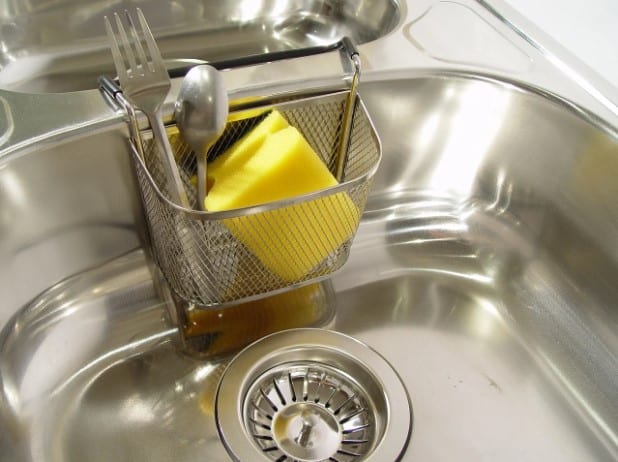
Protect Your Sink from Stains and Scratches
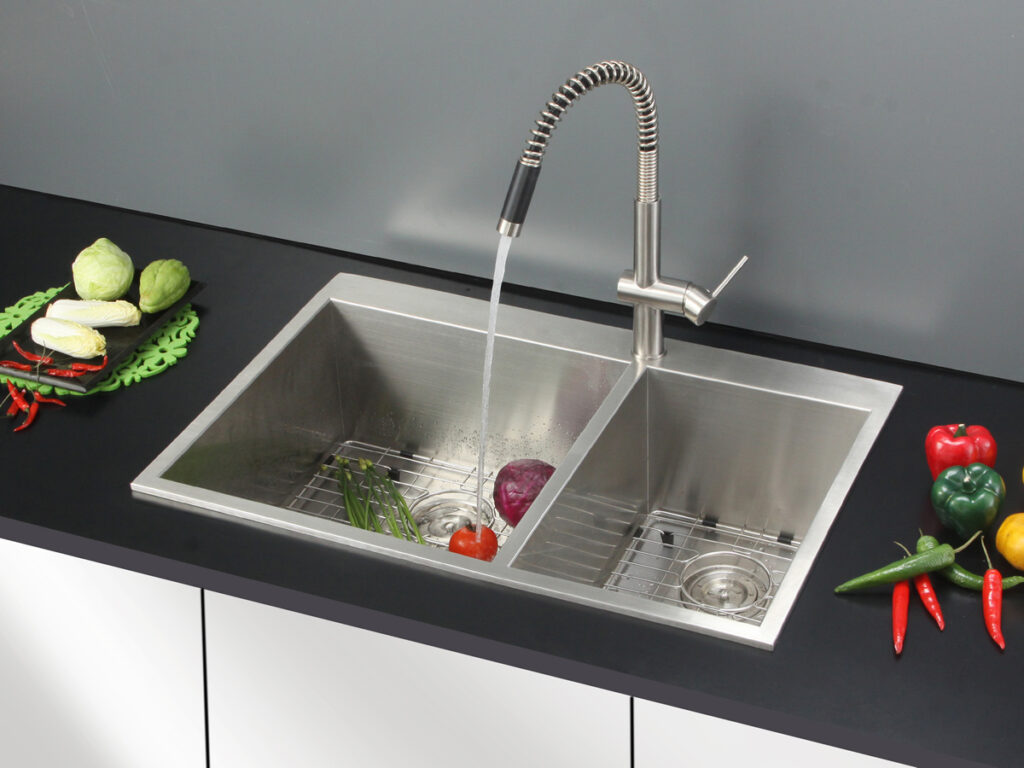 Stainless steel sinks
are a staple in modern kitchens, prized for their durability and sleek appearance. However, even the toughest materials can become damaged if not properly cared for. Regular cleaning is essential to prevent stains and scratches on your
stainless steel kitchen sink
. Food and liquids left sitting on the surface can cause discoloration and etching, which can be difficult to remove. By maintaining a consistent cleaning routine, you can protect your sink from unsightly marks and keep it looking brand new.
Stainless steel sinks
are a staple in modern kitchens, prized for their durability and sleek appearance. However, even the toughest materials can become damaged if not properly cared for. Regular cleaning is essential to prevent stains and scratches on your
stainless steel kitchen sink
. Food and liquids left sitting on the surface can cause discoloration and etching, which can be difficult to remove. By maintaining a consistent cleaning routine, you can protect your sink from unsightly marks and keep it looking brand new.
Prevent the Build-Up of Bacteria and Germs
 A clean kitchen sink is not only important for aesthetic purposes, but also for the health and safety of your household.
Bacteria and germs
can easily accumulate in a neglected sink, posing a risk to you and your family. Regular cleaning with soap and hot water, and the use of disinfectants, can effectively kill harmful bacteria and prevent the spread of illness. Furthermore, keeping your sink clean can also prevent the growth of mold and mildew, which can cause unpleasant odors and potentially damage your sink.
A clean kitchen sink is not only important for aesthetic purposes, but also for the health and safety of your household.
Bacteria and germs
can easily accumulate in a neglected sink, posing a risk to you and your family. Regular cleaning with soap and hot water, and the use of disinfectants, can effectively kill harmful bacteria and prevent the spread of illness. Furthermore, keeping your sink clean can also prevent the growth of mold and mildew, which can cause unpleasant odors and potentially damage your sink.
Extend the Lifespan of Your Sink
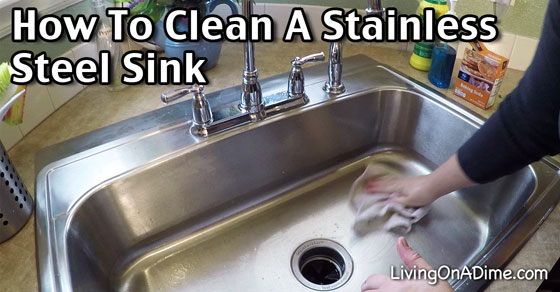 Investing in a
stainless steel sink
is a wise choice for its durability and longevity. However, neglecting to clean it regularly can significantly decrease its lifespan. The accumulation of dirt, grime, and harsh chemicals can cause corrosion and rust, which can weaken the sink's structure and lead to costly repairs or replacements. By making regular cleaning a part of your routine, you can extend the lifespan of your sink and save money in the long run.
Investing in a
stainless steel sink
is a wise choice for its durability and longevity. However, neglecting to clean it regularly can significantly decrease its lifespan. The accumulation of dirt, grime, and harsh chemicals can cause corrosion and rust, which can weaken the sink's structure and lead to costly repairs or replacements. By making regular cleaning a part of your routine, you can extend the lifespan of your sink and save money in the long run.
How to Properly Clean Your Stainless Steel Kitchen Sink
 Now that you understand the importance of regular cleaning for your
stainless steel kitchen sink
, it's time to learn the best way to do it. Start by rinsing your sink with warm water and using a soft sponge or cloth with a mild soap to gently scrub away any food particles or stains. Avoid using abrasive cleaners or tools, as they can scratch the surface of your sink. For tougher stains or tougher cleaning, you can make a paste using baking soda and water or use a specialized
stainless steel cleaner
. Be sure to rinse your sink thoroughly and dry it with a clean cloth to prevent water spots and mineral build-up.
In conclusion, regular cleaning is crucial for maintaining the appearance and functionality of your
stainless steel kitchen sink
. By following these tips and making cleaning a part of your routine, you can enjoy a clean and sparkling sink that will last for years to come.
Now that you understand the importance of regular cleaning for your
stainless steel kitchen sink
, it's time to learn the best way to do it. Start by rinsing your sink with warm water and using a soft sponge or cloth with a mild soap to gently scrub away any food particles or stains. Avoid using abrasive cleaners or tools, as they can scratch the surface of your sink. For tougher stains or tougher cleaning, you can make a paste using baking soda and water or use a specialized
stainless steel cleaner
. Be sure to rinse your sink thoroughly and dry it with a clean cloth to prevent water spots and mineral build-up.
In conclusion, regular cleaning is crucial for maintaining the appearance and functionality of your
stainless steel kitchen sink
. By following these tips and making cleaning a part of your routine, you can enjoy a clean and sparkling sink that will last for years to come.




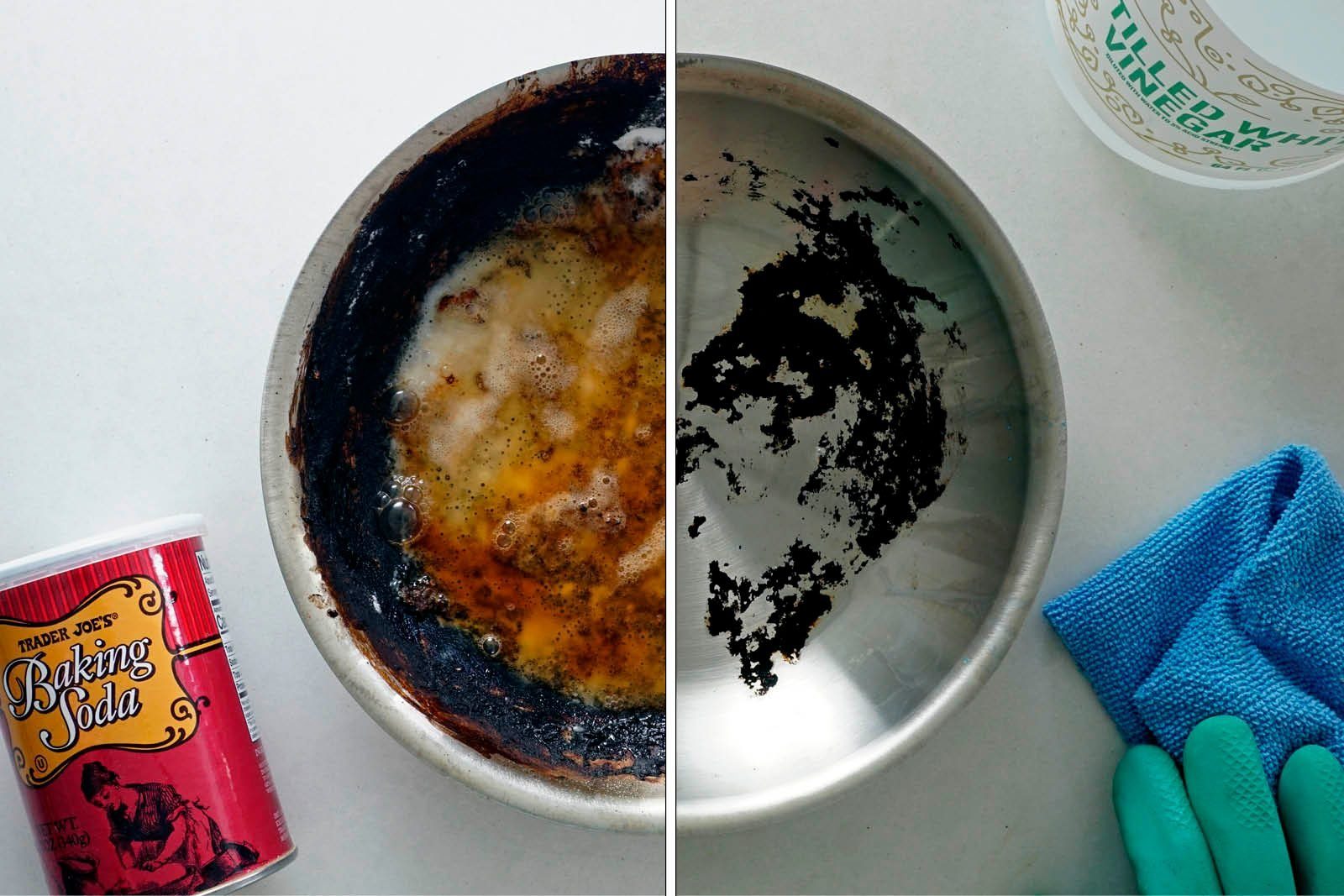



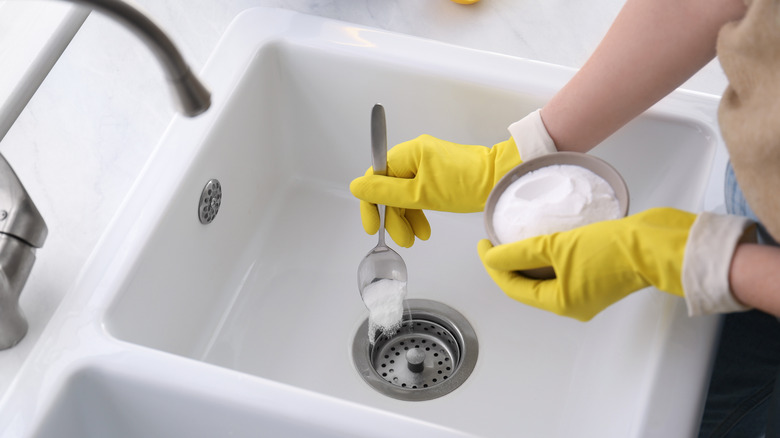
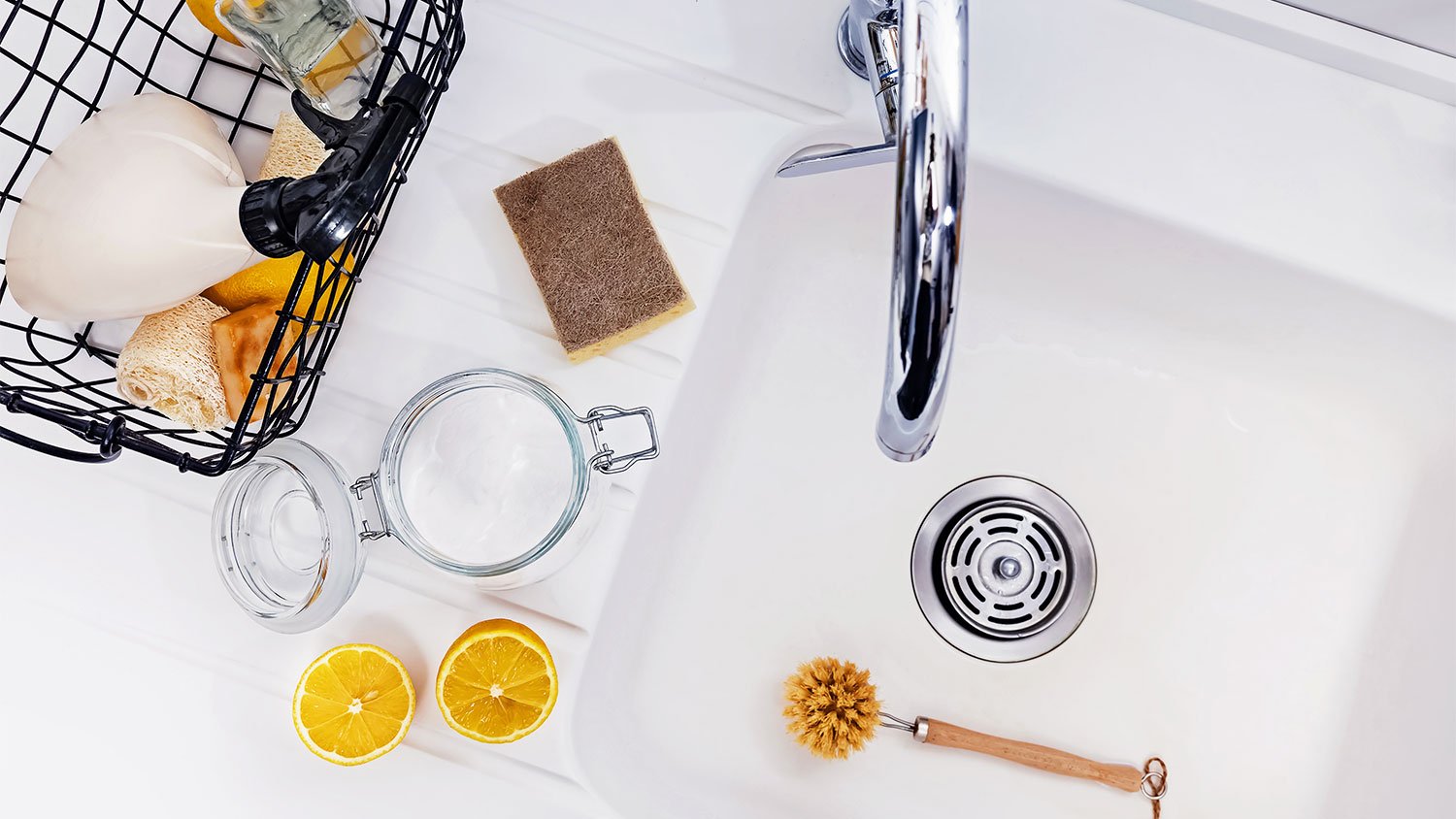





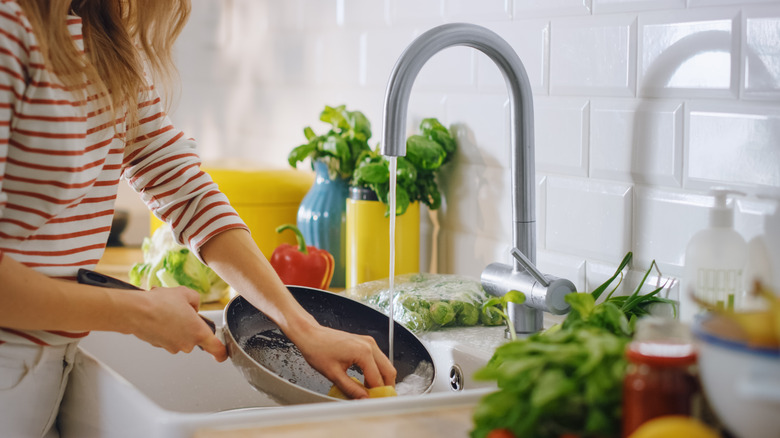



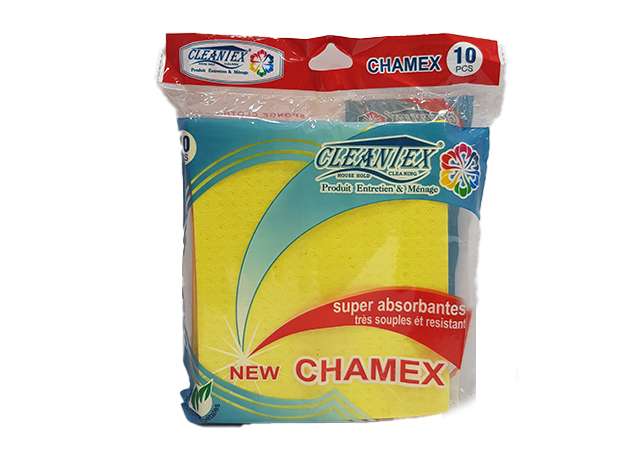

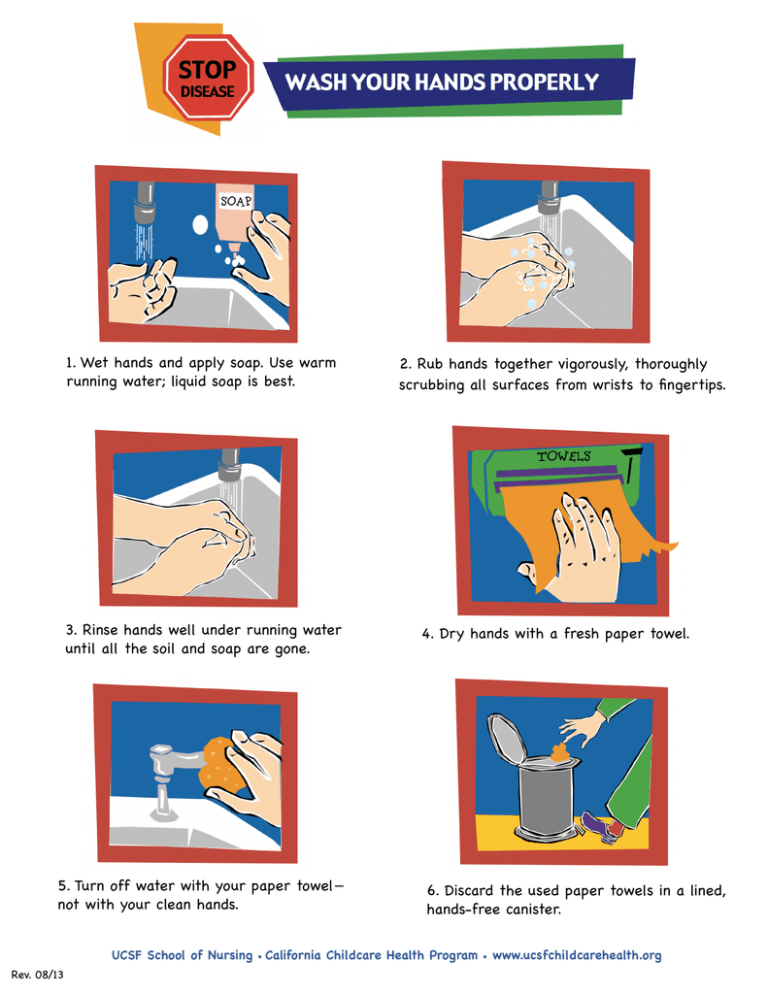





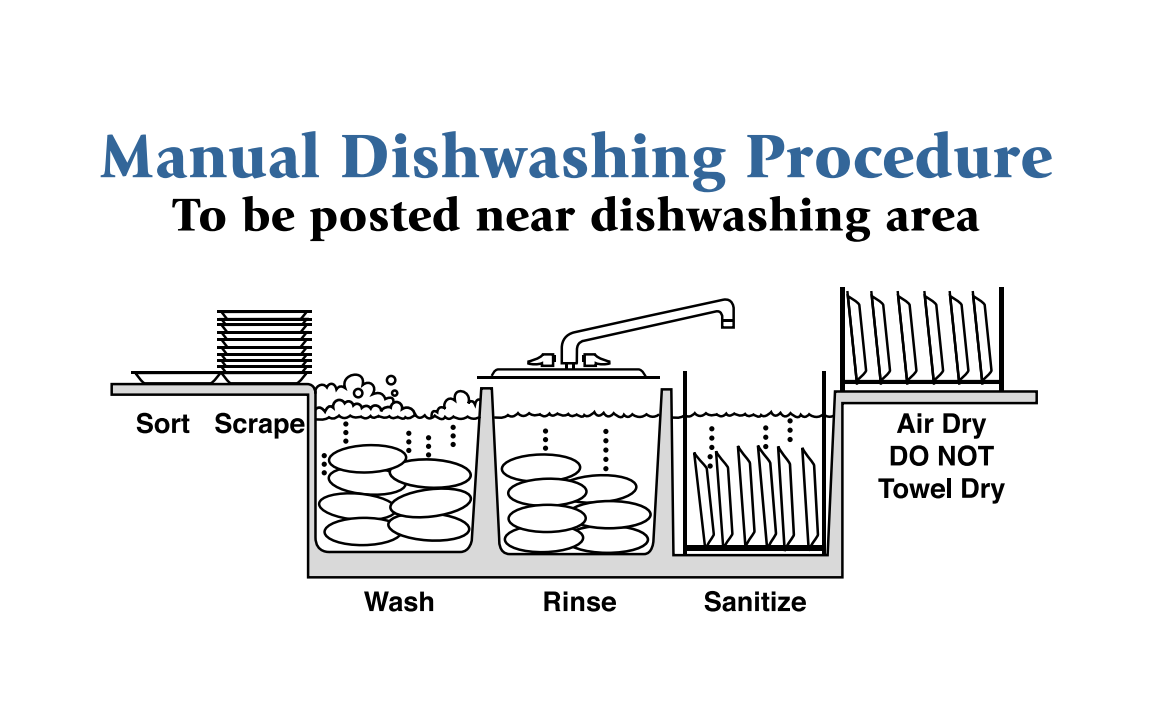

/GettyImages-476804983-58cb0a905f9b581d72a96c97.jpg)
/are-bath-towels-clean-after-washing-2147014-hero-aa4013202edd4cec94ba8ac8b7b312eb.jpg)

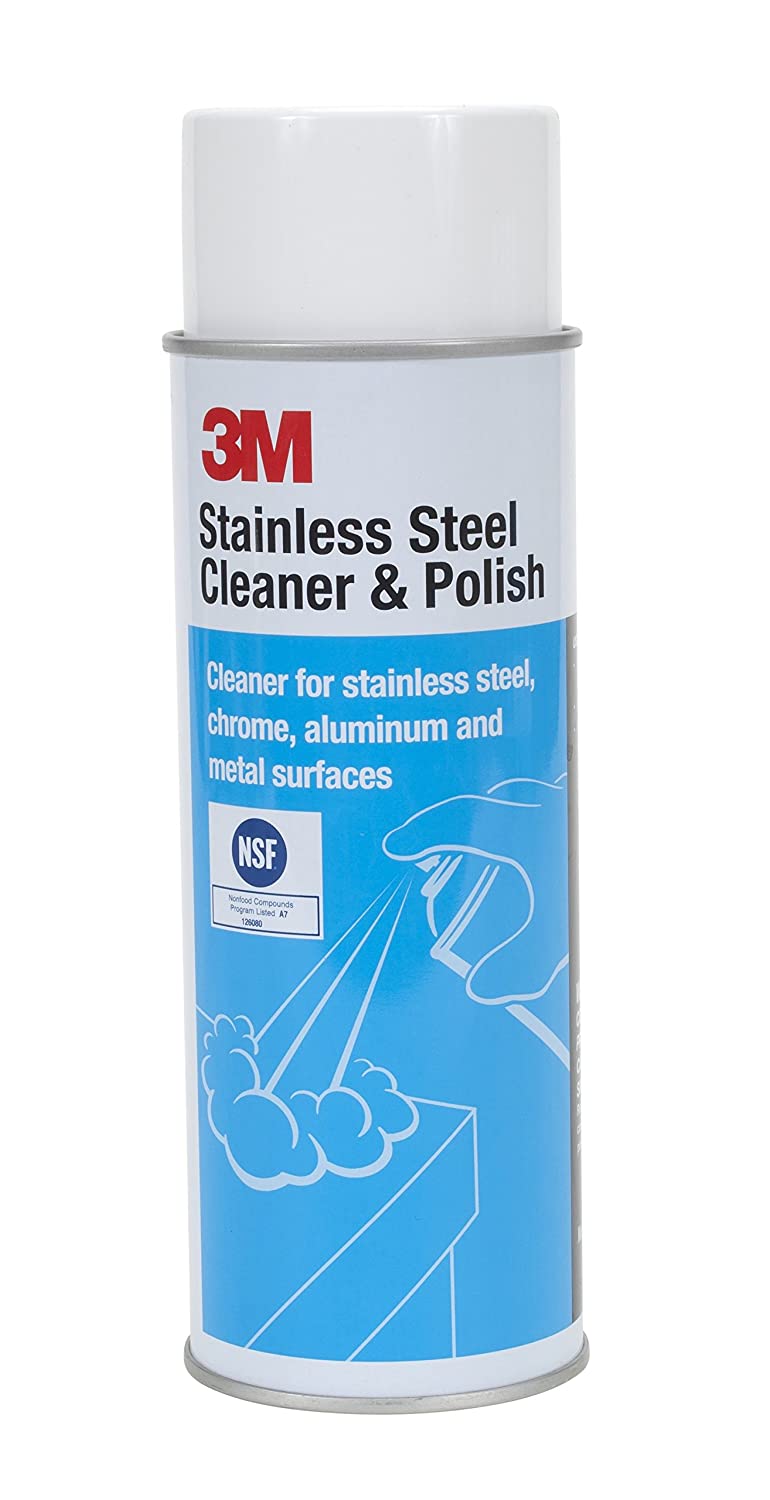


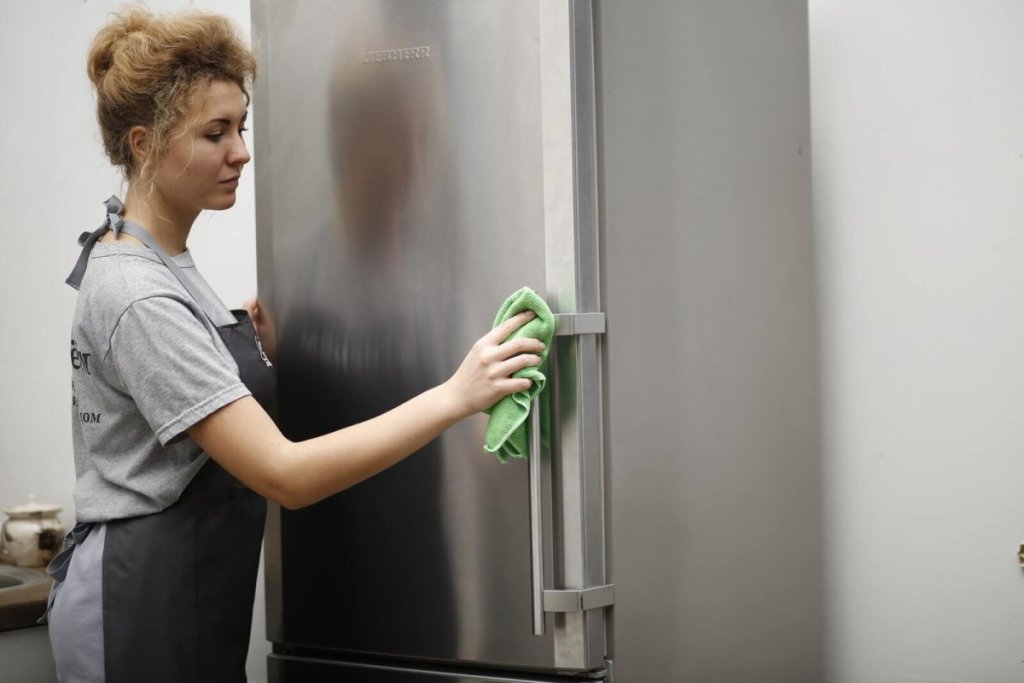

:max_bytes(150000):strip_icc()/best-homemade-stainless-steel-cleaner-1387939_hero_0239-8764778d4875401e893d0f327cb97e3f.jpg)

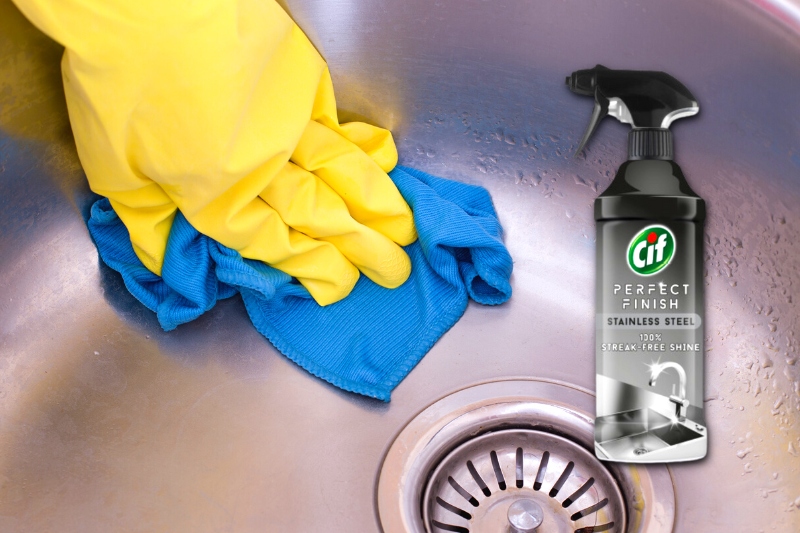
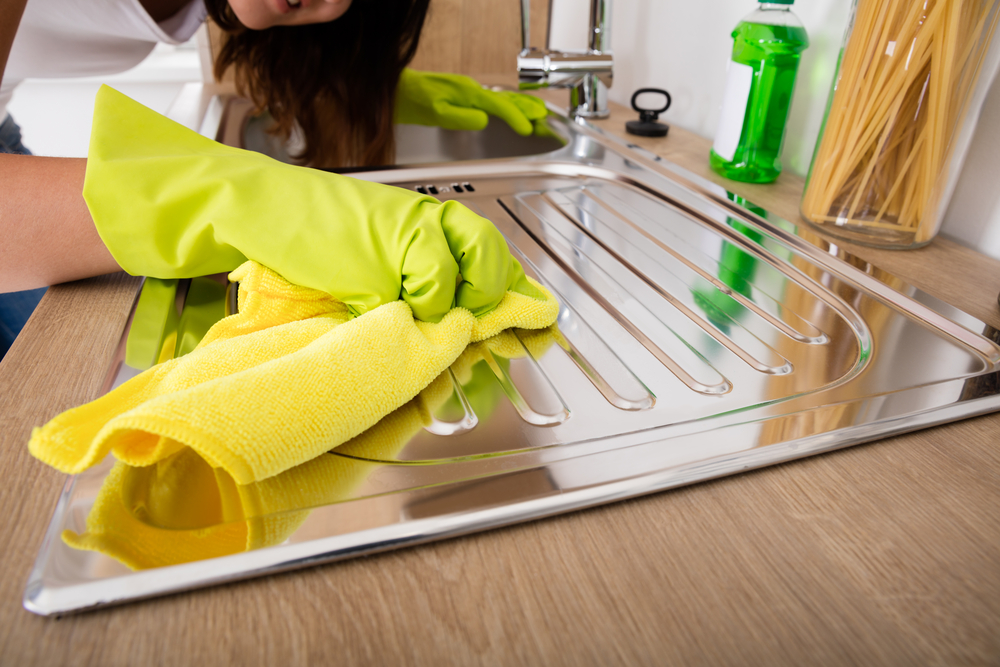




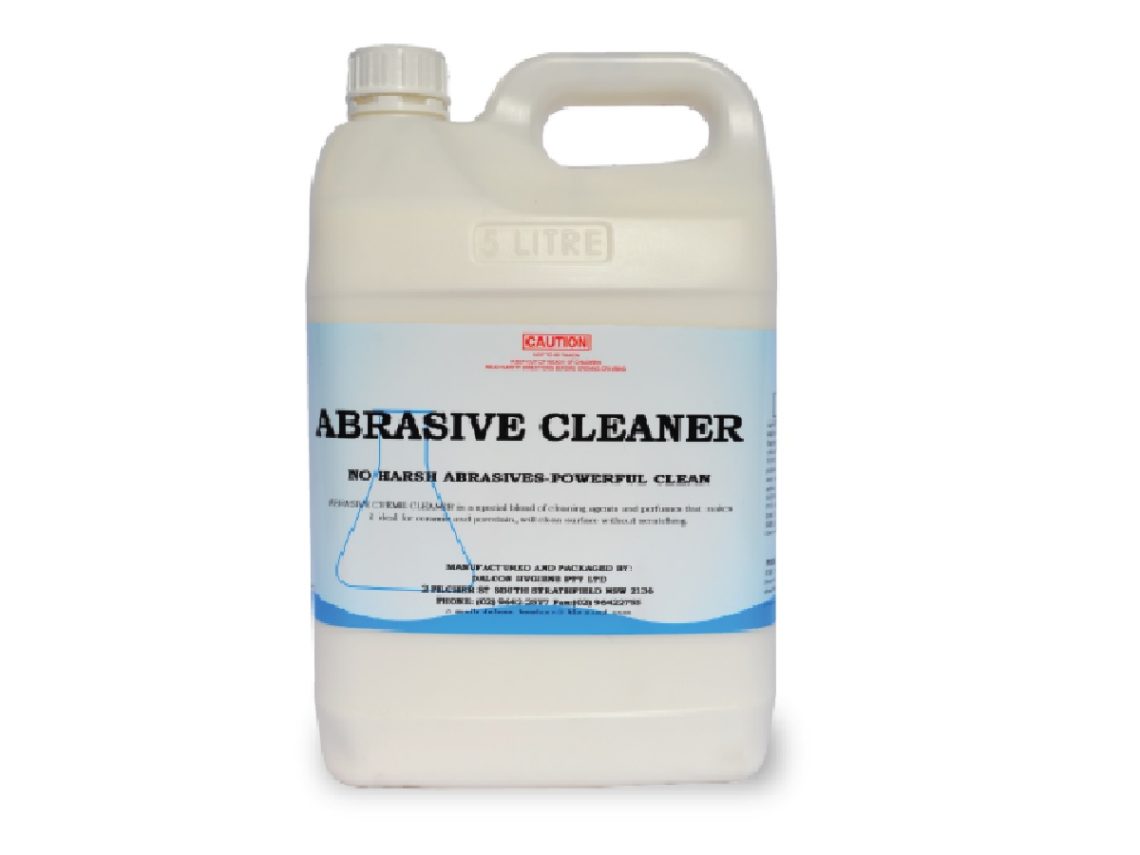


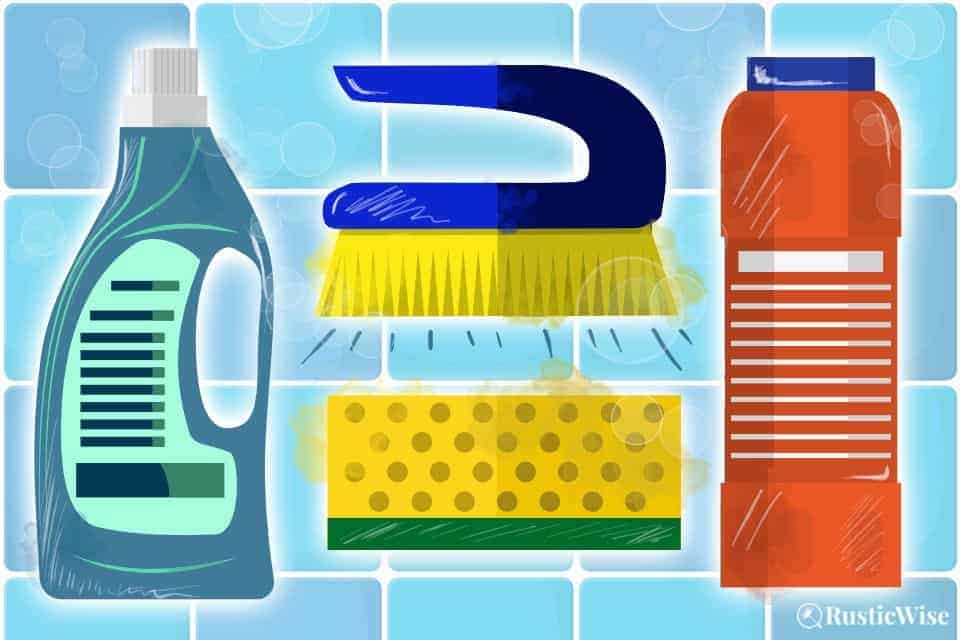
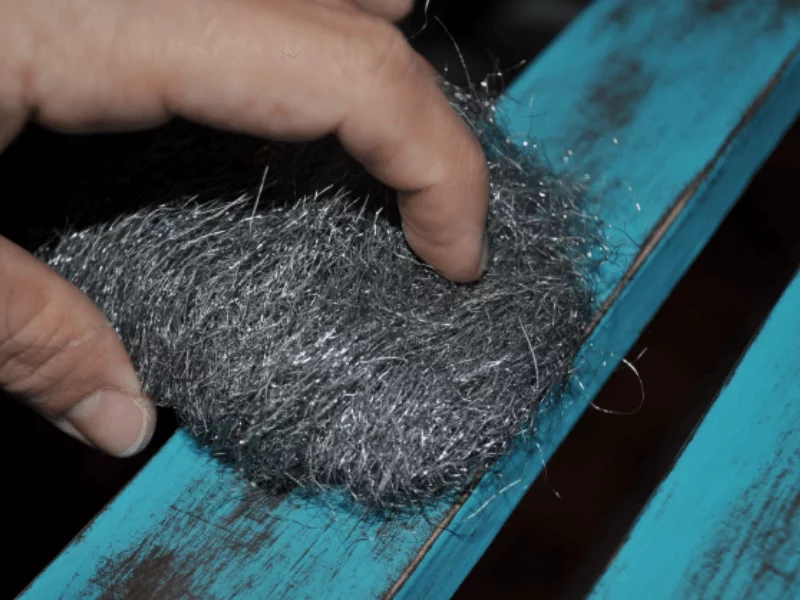

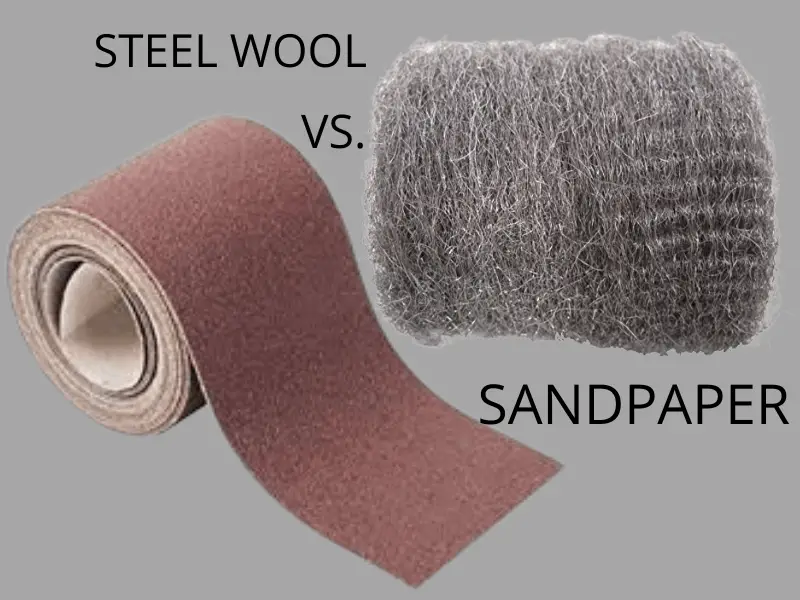





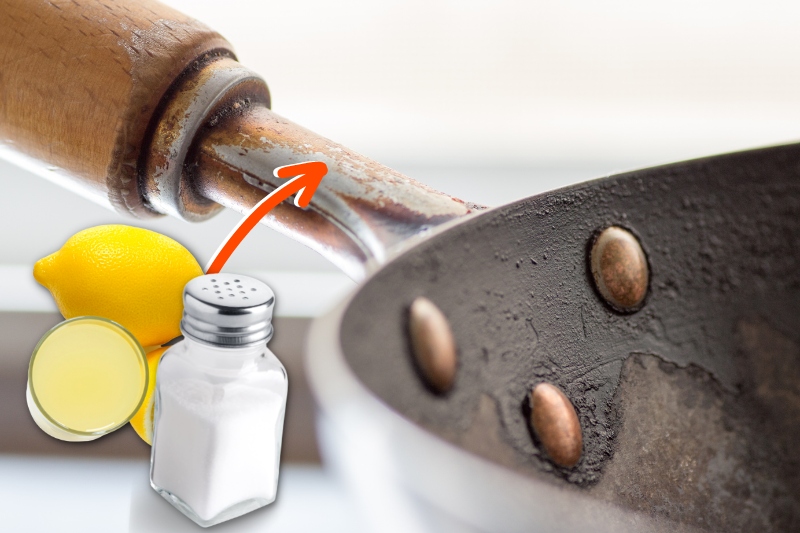
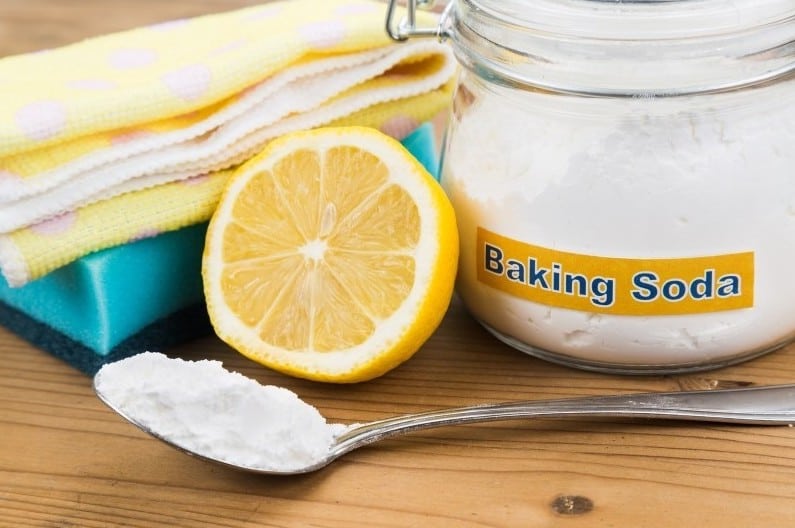


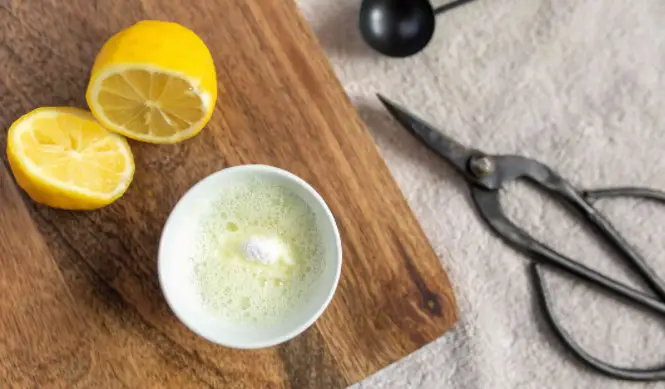






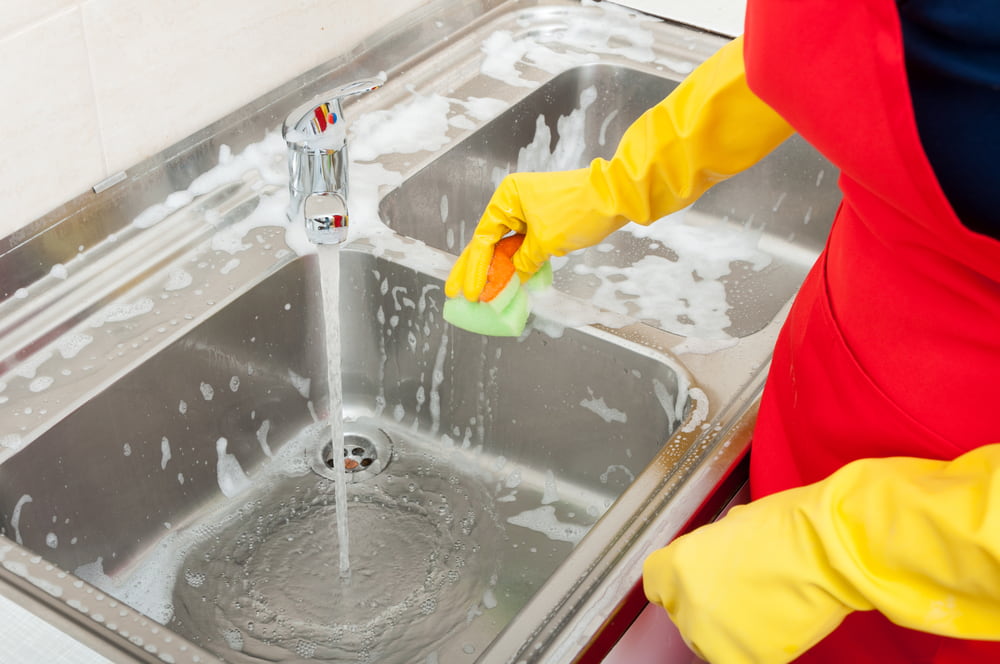


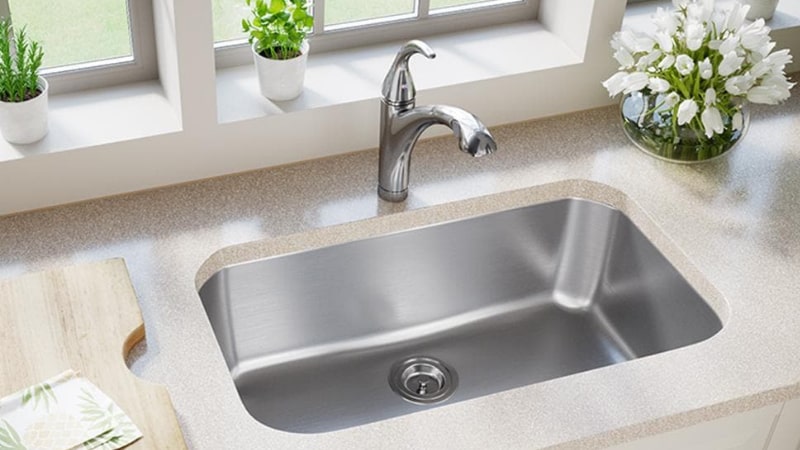
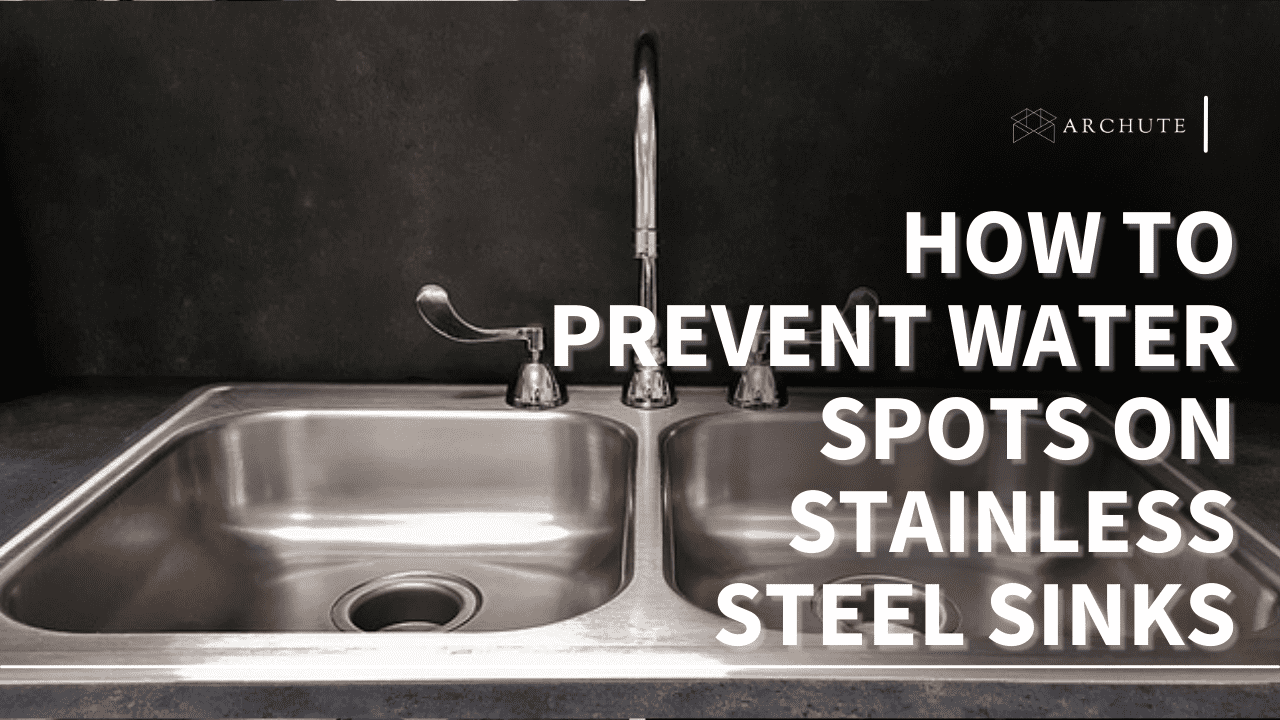
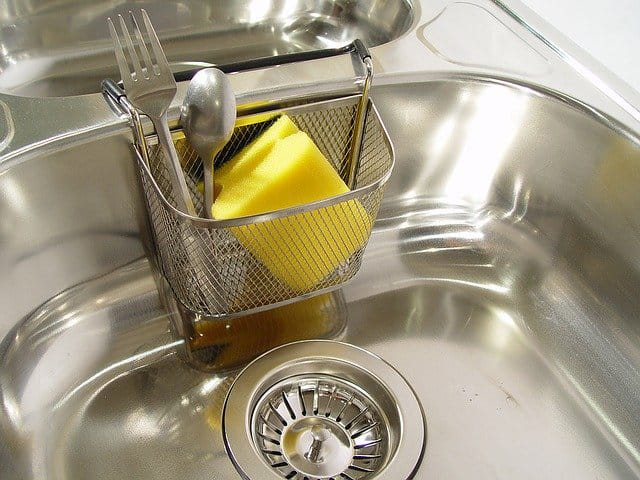



:max_bytes(150000):strip_icc()/how-to-clean-a-stainless-steel-sink-5093605-04-55ba8c92b2b14dc883657e25e73e6a50.jpg)
